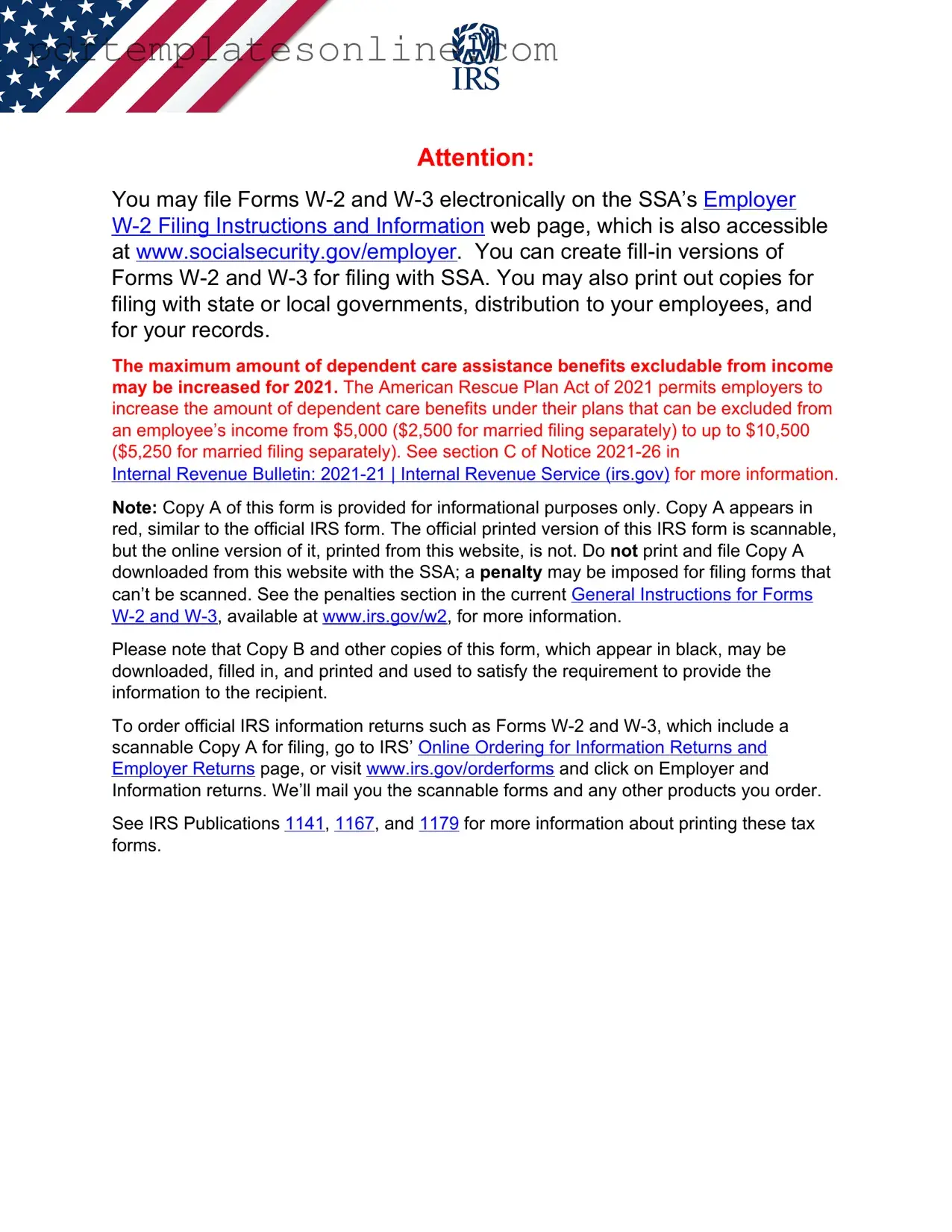Filling out the IRS W-3 form can seem straightforward, but many people make common mistakes that can lead to delays or complications. One frequent error is not matching the W-3 information with the corresponding W-2 forms. Each W-2 should accurately reflect the totals reported on the W-3. If discrepancies arise, the IRS may question the validity of the submissions.
Another mistake occurs when individuals forget to sign the W-3 form. A signature is essential to validate the document. Without it, the IRS may reject the form, which can delay processing and lead to potential penalties.
People often overlook the importance of providing accurate employer identification numbers (EINs). An incorrect EIN can cause significant issues, as it’s the primary way the IRS identifies your business. Double-checking this number can save you from unnecessary headaches.
Additionally, some filers neglect to include all necessary forms when submitting the W-3. The W-3 serves as a summary of all W-2 forms, so it must be accompanied by these documents. Failing to include them can lead to confusion and possible fines.
Another common error is miscalculating the total wages and tax amounts. It's crucial to ensure that all figures are correct. Errors in calculations can result in the IRS flagging your submission for review, which may delay any refunds or processing.
Many individuals also make the mistake of not keeping copies of their submitted forms. Retaining a copy of the W-3 and W-2 forms is important for record-keeping and can be invaluable if questions arise later.
Finally, some people fail to file the W-3 on time. The deadline for submitting this form is typically at the end of January. Missing this deadline can lead to penalties, so it’s essential to be aware of the timeline and plan accordingly.
